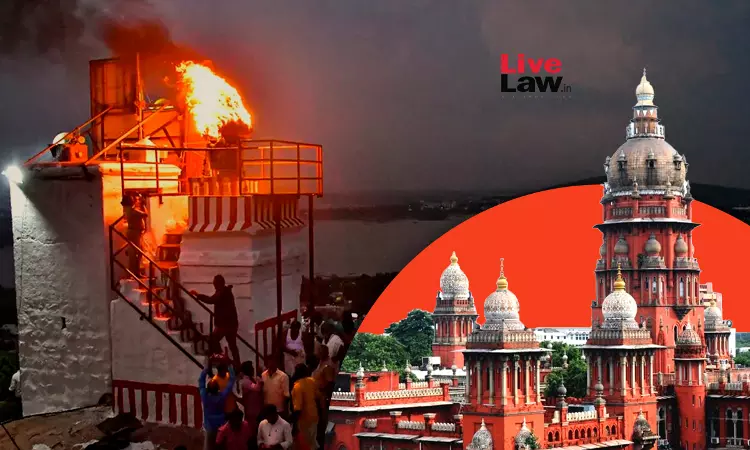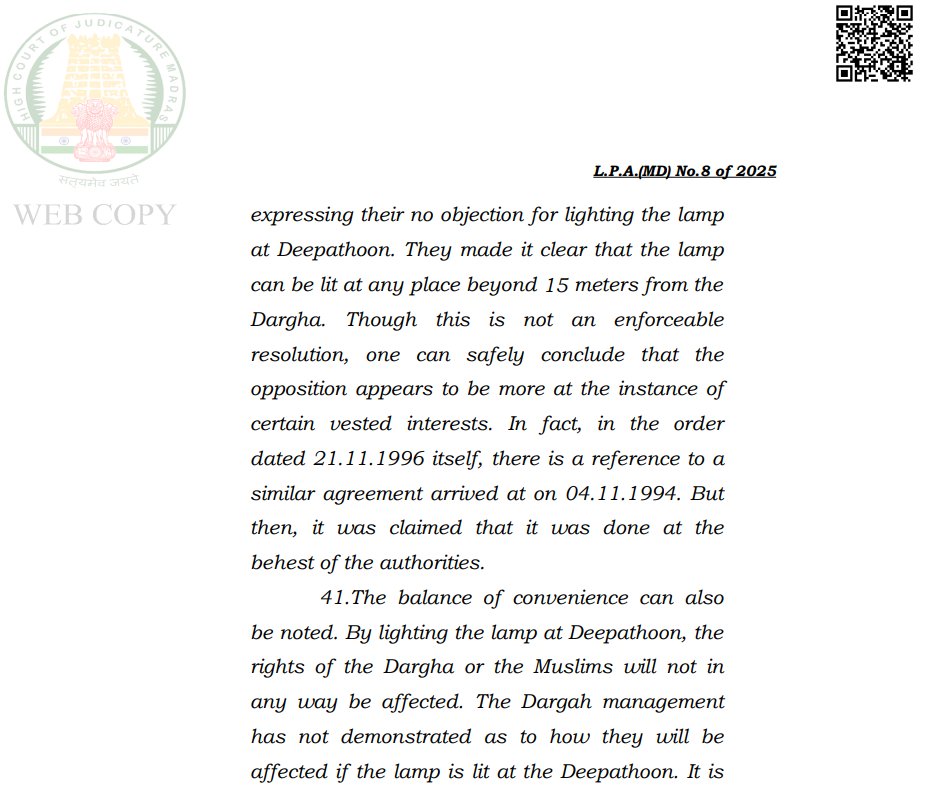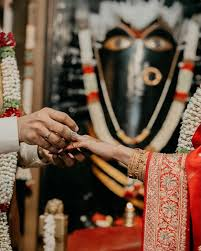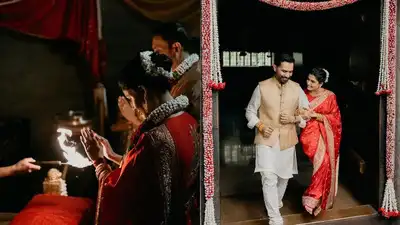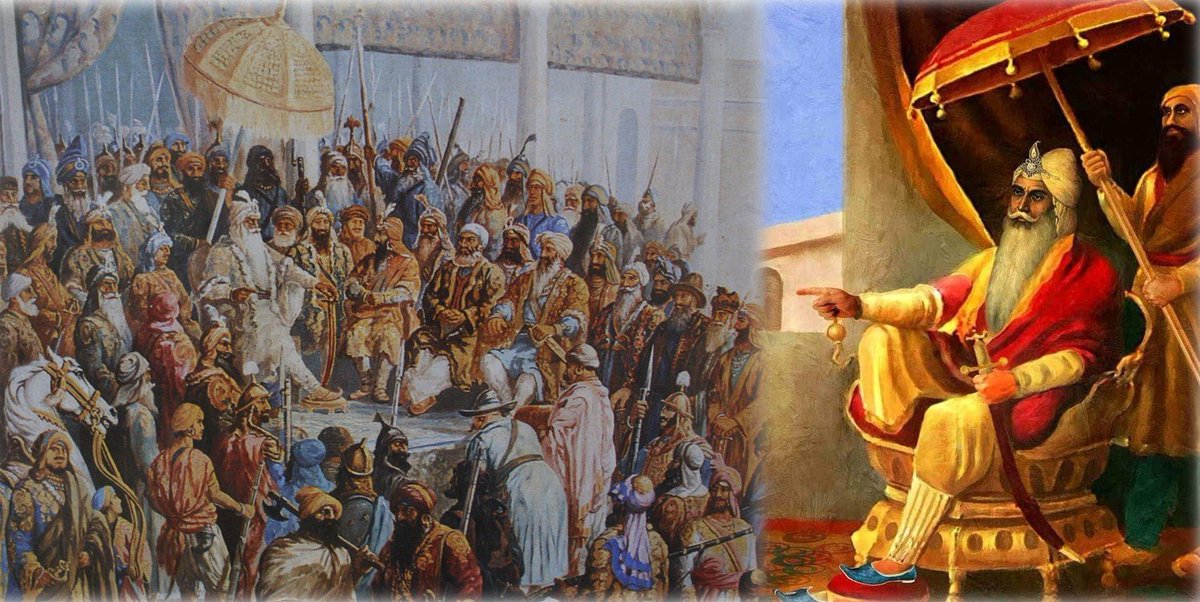We are planning to visit the Shakti Peethas in #HimachalPradesh and then a short, relaxing, laid back stay somewhere in the mountains!
While exploring, I came across this beautiful place McLeod Ganj.
As always, I got distracted and started researching history of this name -
While exploring, I came across this beautiful place McLeod Ganj.
As always, I got distracted and started researching history of this name -

It is named after Sir Donald Freill McLeod who fell in love with this place. Ganj means neighborhood in Farsi.
More about McLeod: He was such a great Christian that a native gentleman gave him a “compliment” that “If all Christians were like Sir Donald McLeod, there would be no
More about McLeod: He was such a great Christian that a native gentleman gave him a “compliment” that “If all Christians were like Sir Donald McLeod, there would be no

Hindus or Mahommedans.”
He devoted his life to civilize the heathens of India, who were in idolatrous darkness!

He devoted his life to civilize the heathens of India, who were in idolatrous darkness!


He understood the importance of India to the English with her great wealth, and created awareness of the need of increasing missionary activities in India so that it is possible for a handful ppl to rule India, whose ppl can do little by themselves. 

He ensured that the Government does not depart from its secular character.
Grants of money in aid of “secular education” carried in schools established and conducted by Christian missionaries, might be made by Govt without any risks of giving rise to “evils”.

Grants of money in aid of “secular education” carried in schools established and conducted by Christian missionaries, might be made by Govt without any risks of giving rise to “evils”.


While he encouraged mingling with the natives and educating them in the robust mental habits, and imbued with enlightened views of the West, which inevitably they will imbibe, he alluded to allowing but little, if any, real share in management of their own social and municipal 



affairs, which they feel is a great indignity and injustice. But this was a blessing to them as they could do very little by themselves.
Point is - I still haven’t decided where to vacation in Himachal because I read this horrible person’s biography after whom we still have… twitter.com/i/web/status/1…
Point is - I still haven’t decided where to vacation in Himachal because I read this horrible person’s biography after whom we still have… twitter.com/i/web/status/1…
Another name we should change in Himachal is Dalhousie!
https://twitter.com/joshigargigoyal/status/1620743249748197379
• • •
Missing some Tweet in this thread? You can try to
force a refresh



